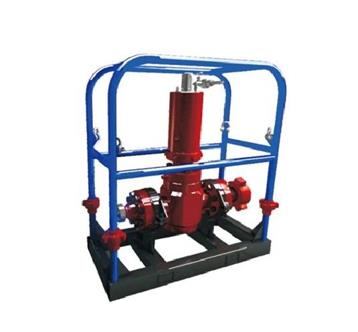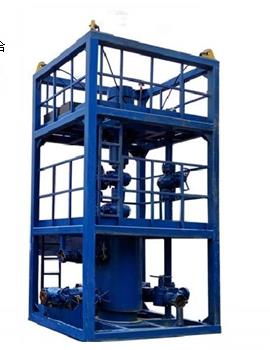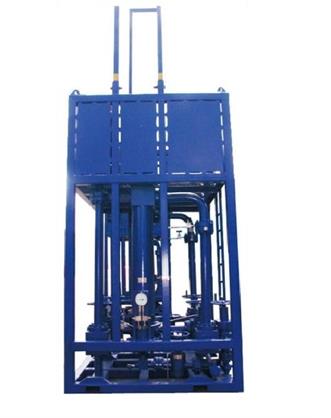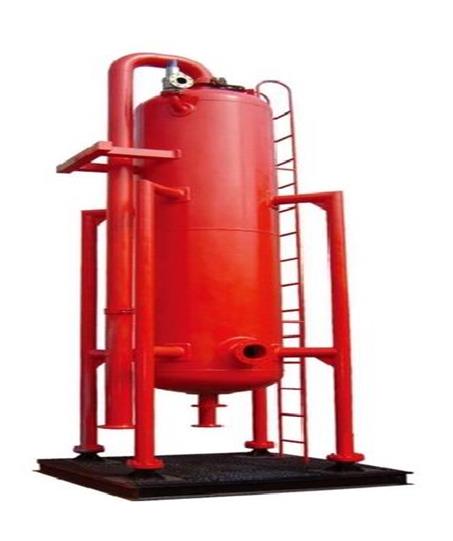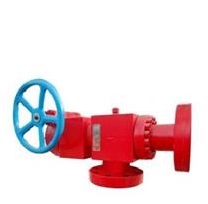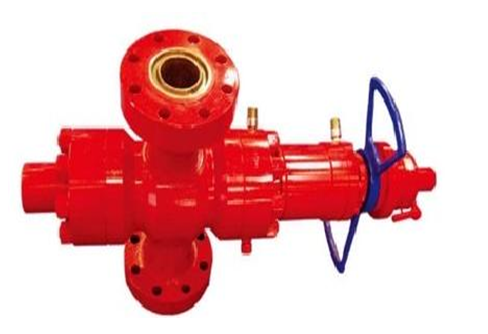Understanding the Functions of a Cyclone Desander
Cyclone desanders are an important part of the solid and liquid separation process in various industries. They play a vital role in maintaining operational efficiency and effectiveness by removing unwanted particles from the liquid stream. Understanding how cyclones work is critical for anyone working in industries such as oil and gas, mining and wastewater treatment. In this blog, we’ll take a closer look at the inner workings of a cyclone desander and explore its function in the separation process.
At its core, the cyclone desander operates on the principle of centrifugal force. The device is designed to use the force generated by the high-speed rotation of the liquid to separate solid particles from the liquid flow. The process begins by introducing the liquid-solid mixture into the cyclone desander through the inlet. When the mixture enters the equipment, it is subject to rotational motion, which creates centrifugal force, causing the heavier solid particles to move toward the outer wall of the cyclone desander.
Centrifugal force causes solid particles to accumulate at the periphery of the equipment, forming a dense slurry, while the detergent liquid is directed toward the center of the cyclone desander. The separated solids are then discharged from the bottom of the device, while the clarified liquid is discharged from the top. This process effectively removes solid particles from the liquid stream, enabling efficient and continuous operation of various industrial processes.
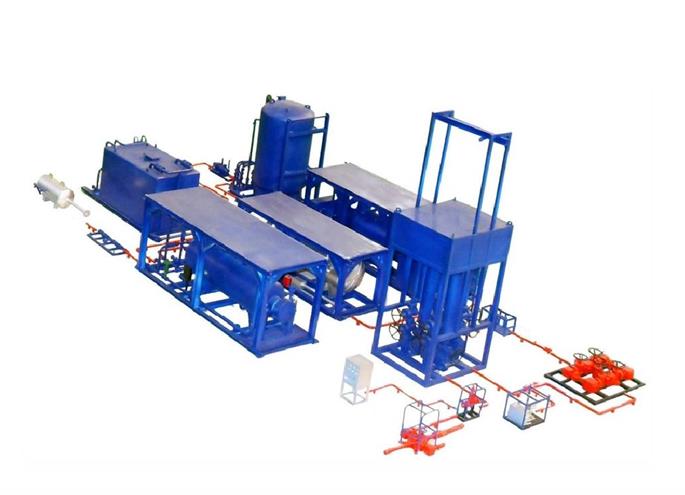
One of the key components of the cyclone desander is the cone section, which plays a vital role in the separation process. The conical portion is designed to gradually reduce in diameter, which helps accelerate the rotational flow of the liquid-solid mixture. This acceleration increases the efficiency of the separation process by maximizing the centrifugal force acting on the solid particles, thus facilitating their separation from the liquid stream.
Additionally, the cyclone desander design includes an overflow outlet for cleaning liquids and an underflow outlet for solids separation. This configuration ensures that the clarified liquid can be collected and further processed, while the discharged solids can be disposed of or further processed according to the specific requirements of the industry.
In short, the function of the cyclone desander is to effectively separate solid particles from the liquid flow using the principle of centrifugal force. By utilizing the rotational motion of a liquid-solid mixture, the device effectively removes unwanted solids, ensuring the quality and integrity of the liquid stream. Understanding the inner workings of a cyclone desander is critical to optimizing its performance and ensuring the smooth operation of industrial processes.

